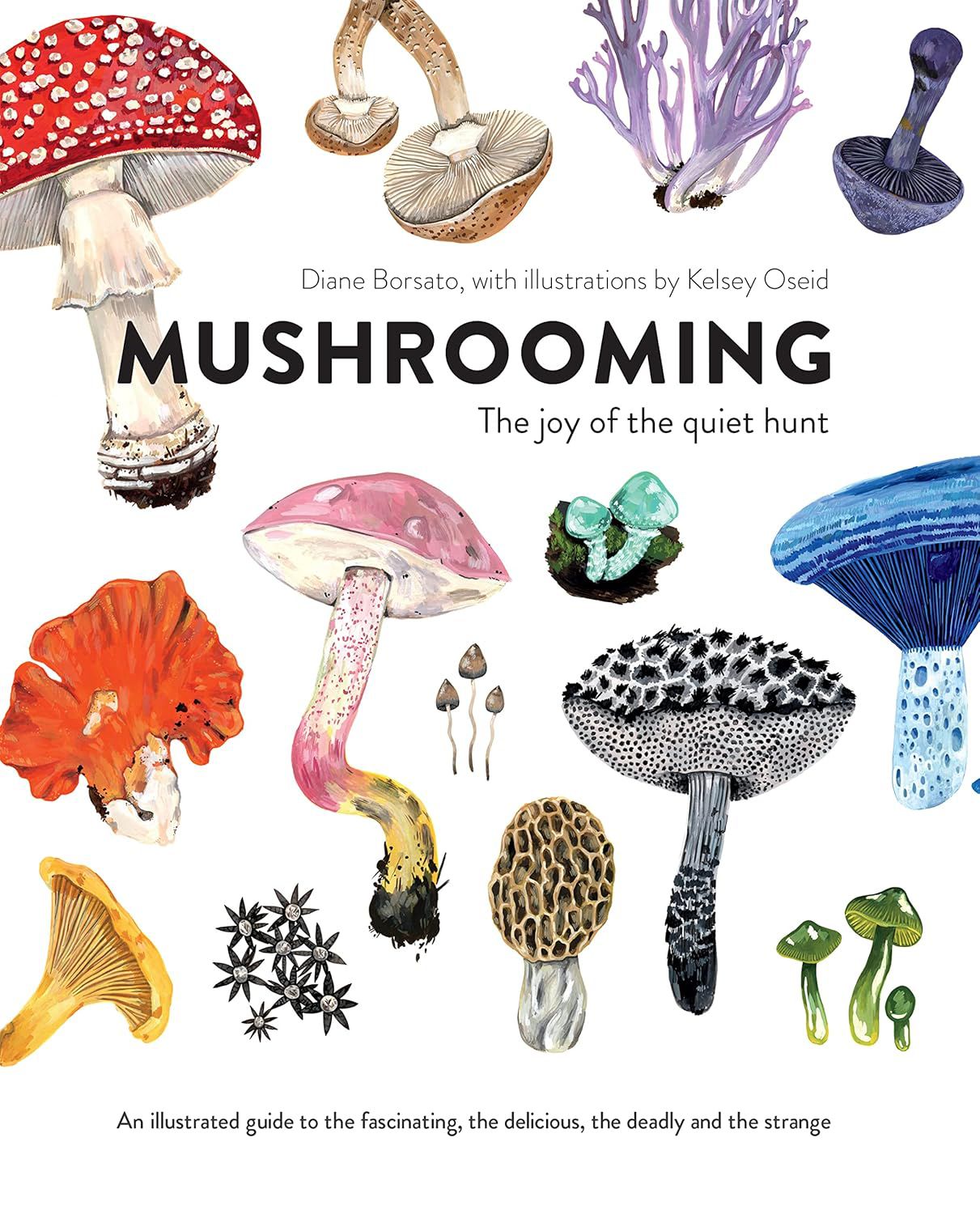For much of the twentieth century, “Karsh of Ottawa” was the imprint of the most prestigious portrait photographer in the world, and to have been “karshed” was to have arrived in the exalted company of his well-known subjects, to name a few: Einstein, Warhol, Hepburn, Gable, Hemingway, Castro, George Bernard Shaw, Georgia O’Keeffe, Grey Owl, Bogart, Indira Gandhi, John F. Kennedy, Laurence Olivier, Madame Chiang Kai-Shek, Muhammad Ali, Pablo Casals, Pandit Nehru, Paul Robeson, Peter Lorre, Picasso, Trudeau, Princess Elizabeth, Prince Rainier, Princess Grace and Winston Churchill. Karsh was a master of the high style of portraiture that proposed to reveal inner character and other moral qualities by artful effects (his portrait of Churchill is Churchill to most of the world). In an interview reported in The Life of Yousuf Karsh by Maria Tippett (Anansi), he said that he strove to bring out “the strength and personality” of men and “the charm and beauty” of women—an aesthetic purpose that he never abandoned, and one that stands in contradiction to the new modernism of Robert Frank, Fred Herzog, John Pascievich et al. His life is given in three parts by Tippett—The Making of the Man, The Crowning of a Career and The Living Legend—and seems to have consisted largely in the serial pursuit of, and visitations with, the Great of his time—some of whose portraits he assembled in books the titles of which express an aesthetic and an ideology identical with that of Life magazine: Faces of Destiny, Portraits of Greatness, In Search of Greatness and Faces of Our Time. Karsh was an emigrant from Armenia who made it in the New World (the other inventors of North American photography mentioned above were also all immigrants to Canada), but there are no surprises in the story of his life. His portrait of Sibelius with his eyes closed renders the composer as if he were carved in granite. “Missing from the portrait,” Tippett observes, “is any hint that Sibelius was a chronic alcoholic and a notorious womanizer—and more.”








